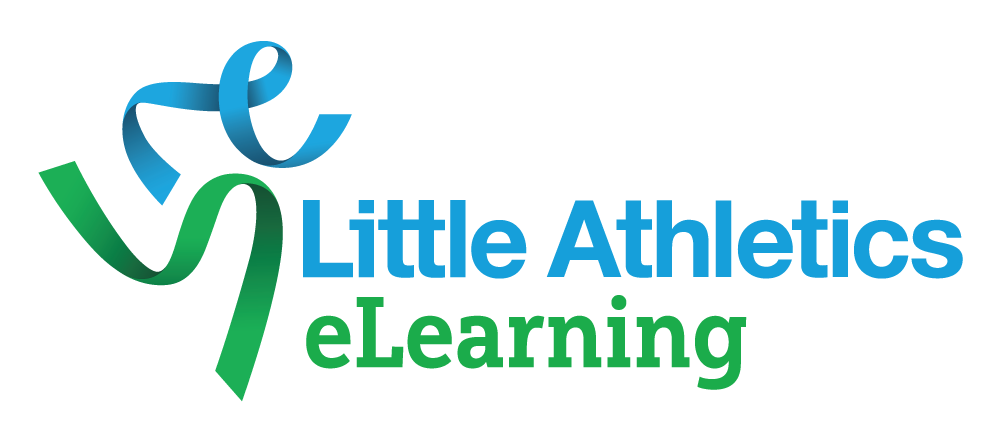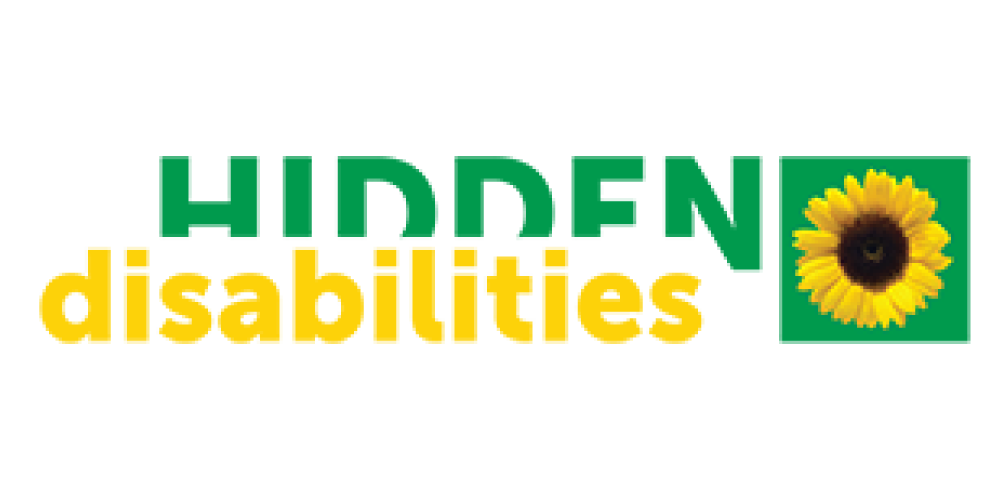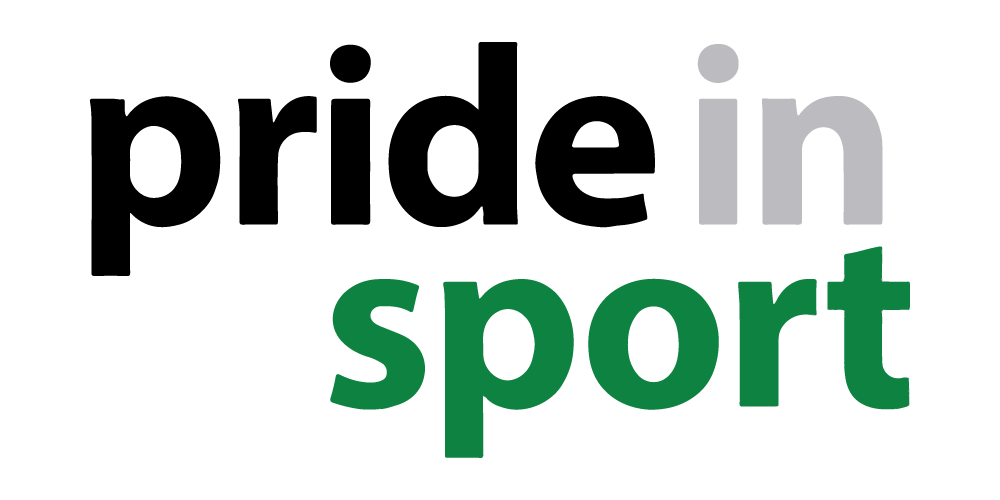Inclusion of Multicultural Athletes
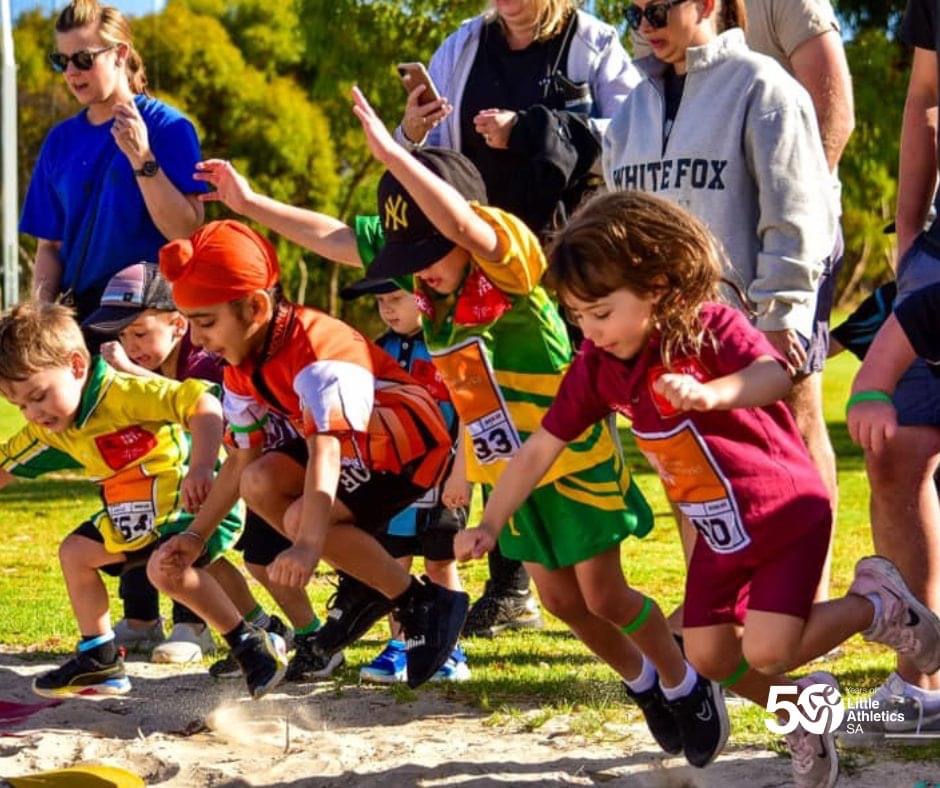
Quick Facts
- 1 in 4 Australians were born overseas and 1 in 2 Australians have an overseas born parent.
- Nearly 20% of Australians speak a language other than English at home.
- 1 in 5 Australians have experienced race hate talk.
- 86% of Australians support action to tackle racism.
What is Diversity and Inclusion?
- Diversity is the mix of people in the Centre or community.
- Inclusion is using the mix of people to maximise the success for athletes through respect, equal access and fairness.
It is only through inclusion that we can make the most of our diversity.
What is Discrimination?
- Discrimination happens when someone is being treated badly or unfairly because of a personal characteristic that is protected by the law. Characteristics protected by law include age, disability, gender identity, physical features, race, religious belief or activity, sex and sexual orientation.
- Bullying is when someone repeatedly uses words or actions against someone else to cause them distress. It can include verbal, physical or written abuse.
- Racial or religious vilification is behaviour that “incites hatred, serious contempt, revulsion or severe ridicule” for a person or group of people, because of their race or religion. An example of this could be to speak about a person’s race or religion in a way that could make other people hate or ridicule them.
- Sexual harassment is unwelcome sexual behaviour that could make a person feel offended, humiliated or intimidated. Sexual harassment can be physical, verbal or written.
- Victimisation means that someone is being treated badly or unfairly because they have made a complaint or it is believed they intend to make a complaint, or they’ve helped someone else to make a complaint about discrimination, sexual harassment or racial and religious vilification.
- Centres and sports organisations have a responsibility to ensure people are treated equally and fairly when meeting, playing, coaching or officiating. Discrimination, bullying, racial or religious vilification, sexual harassment and victimisation is not tolerated.
Inclusive practices to support multicultural athletes and parents
Understand your members
- Review new member enrollment details regarding preferred language spoken.
- Speak to members of your centre or local cultural community organisations to understand when significant religious or cultural celebrations take place. Use this information when planning training or special activities and avoid clashes.
- Use a buddy system so athletes feel welcome.
- Advertise available public transport options.
Cultivate a safe and welcoming culture
- Use all your communication skills including visuals to support verbal information.
- Translate important document by professionals or seek help from trusted volunteers within your centre who speak languages other than English.
- Council will have a list of the commonly spoken languages locally.
- Free translation websites – while not perfect, are fairly accurate and are free. You can use them on your phone!
- Seek information to understand cultures.
- Contact your local council, Migrant Resource Centre or local community groups or organisations to work with them to enhance and then promote the inclusive environment.
- There are costs associated with sport which can prevent people from joining. This may affect families if they have recently relocated to Australia or have other circumstances. You may want to consider flexible administration procedures;
- Offer a payment plan.
- Be flexible on uniforms by organising second hand options or finding sponsors.
- Advertise sports vouchers.
- There may be some athletes and their families who have English as their second language. It is a skill to learn more than one language! Here are some tips to support shared understanding;
- Speak slower not louder.
- Use simple words and short sentences.
- Use descriptive cues such as “jump like a kangaroo”.
- Ask questions one at a time and wait for the answer.
- Use non-verbal communication to support verbal communication.
- Explain sporting jargon.
- Do not replicate someone’s accent – it’s rude and condescending.
Implement ways to prevent and respond to racism
- Be alert to religious and cultural differences and understand ways to support them.
- Do not tolerate racism, racial or religious discrimination or vilification.
- Ensure everyone feels confident to report any racism to the committee members and the Committee members know how to handle reports.
Foster links with your local community
- Attend community events celebrated in your area – Local Councils are a good place to source events or find out what is happening from your local community members
- Celebrate a national event at your centre, preferably in partnership with the local community
Reflect
Use our guide to improve Centre inclusion and diversity checklist to review your Centre’s diversity and inclusion practices.
Look at your committee and membership – do they include people from diverse cultures and are representative of the local area.
Important events you may want to acknowledge or celebrate
| Date | Name | Briefing | More information |
| Third Sunday in January | World Religion Day | Observed in over 80 countries, the aim of World Religion Day is to foster interfaith understanding and harmony by emphasising the common elements underlying all religions. | https://nationaldaycalendar.com/world-religion-day-third-sunday-in-january/ |
| New moon between 21st Jan and 20th Feb | Chinese Lunar New Year | Chinese Australia communities celebrate Chinese Lunar New Year with many customs, ancestor worship, family gatherings, special foods, and gifts. | https://chinesenewyear.net/ |
| 21 March – 27 March | Harmony Week | Harmony Week celebrate the cohesive and inclusive nature of our diverse nation. Schools, community groups and organisations across Australia host Harmony Week events. | https://www.harmony.gov.au/ |
| 2 April – 1 May | Ramadan | Ramadan is the most auspicious month on the Islamic Calendar, being the month in which the first verses of the Qur’an were revealed to the Prophet Muhammad. During Ramadan Muslims around the world fast from sunrise to sunset. | |
| 21 May | World Day for Cultural Diversity for Dialogue and Development | The World Day for Cultural Diversity for Dialogue and Development promotes cultural diversity. | https://www.un.org/en/observances/cultural-diversity-day |
| 19 June – 25 June | World Refugee Week | Every year Refugee Week is celebrated around the country, providing the opportunity to acknowledge the success of refugees and humanitarian entrants in Australian society. | http://www.refugeeweek.org.au/ |
Why inclusion is the first option
Individuals
Everyone deserves to feel connected and welcome. Inclusion can be life changing for a person. The benefits of inclusion in athletics to the multicultural athlete are the same as for any child;
- Athletics is fun!
- Improved health.
- Make friends and develop support networks.
- Develop new skills and confidence.
- Reduce stress and improve mood.
Centre
The business case for diversity and inclusion is compelling. Positioning your centre as a leader in inclusion will:
- Improve community attitudes to diverse cultures and linguistic groups. People make all the difference in making a welcoming and inclusive centre.
- Creates opportunities for your members to learn about different cultures.
- Increase membership and volunteer base.
- Increase/reinforce skills and knowledge of coaches and officials.
- Enhance your brand and reputation.
- Improve governance and risk management and decrease potential legal risks.
Community
- Respect and understanding grow when people of diverse cultures socialise and learn together, and Little Athletics can foster this community. The outcome for the community can be;
- Economic growth arising from a healthier society.
- Enhanced sense of belonging where children and their families feel included and respected in their community.
- Greater ownership and community participation which can be seen in increased rate of volunteering.
- Break down barriers and promote social inclusion for improved relationships.
- Stronger networks.
- Increased participation rates in all facets of society.
Sources
Australian Human Rights Commission – https://humanrights.gov.au/
Australian Sport Commission – www.ausport.gov.au
Diversity Council Australia – https://www.dca.org.au/di-planning/di-days-dates
Harmony Week – https://www.harmony.gov.au/
National Day Calendar – https://nationaldaycalendar.com/
Refugee Week – https://www.refugeeweek.org.au/
United Nations – https://www.un.org/en/
